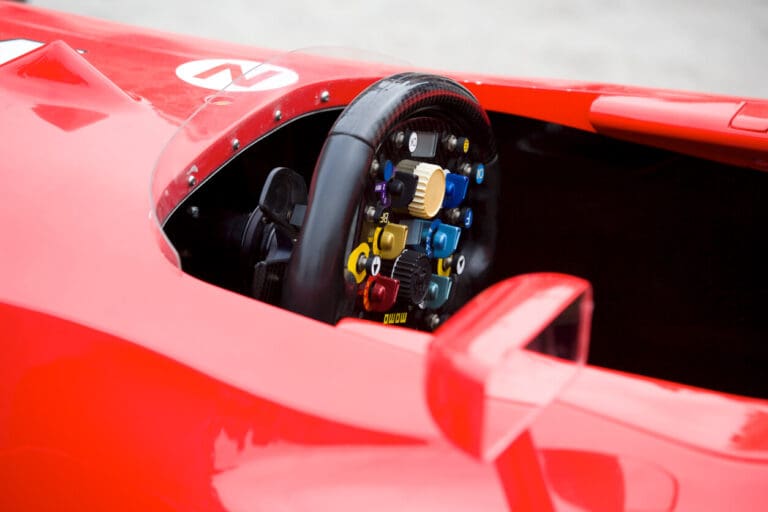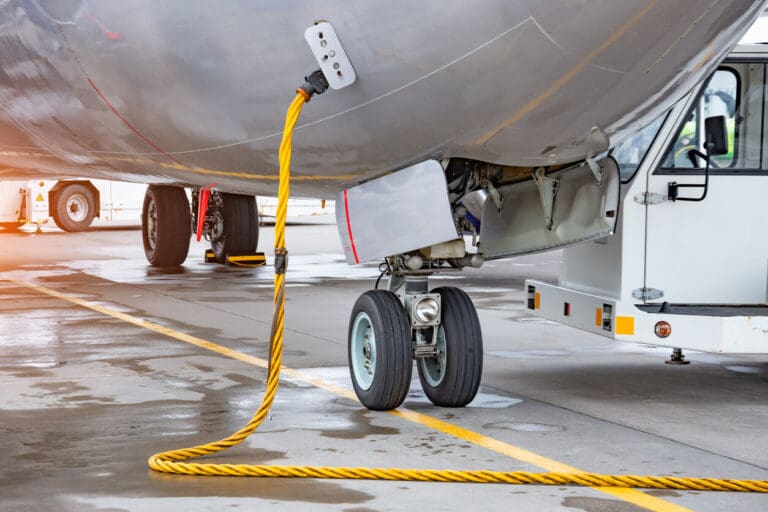
Are Motorsport Cables the Hidden Upgrade Behind Faster Lap Times?
Motorsport teams chase marginal gains in every area of the car, yet many still treat...
Read MoreSub marine cable technology is a fascinating piece of innovation that we so often take for granted. These cables are vital for communication and connect up countries all over the world. They are essentially designed to be simply dropped off a boat and then to function flawlessly for decades – which, when you think about it, is pretty impressive stuff. But how has sub marine cable technology evolved over the years?
We can trace the beginnings of sub marine cable technology back to 1856 when the first transatlantic telegraph cable was laid by the Atlantic Cable Company. This early cable design had just seven copper conductor wires, which were wrapped in three coats of rubber (which was a brand new material back then), as well as tarred hemp and a sheath of iron. While this first design didn’t withstand the harsh conditions under the water, it did provide a blueprint for what was going to come next. Although today sub marine cables use polymers instead of rubber and have valves rather than transistors, the basic design of a copper conductor and a watertight outer layer remained the same for many years.
Lessons were learned from the first sub marine cable efforts in 1856 and by 1866 the technology had evolved enough for transatlantic cables to be dropped – and remain. Changes such as adding in-line amplifiers meant that signals could travel across bigger distances and improvements were made in signal processing to increase the capacity of the earlier cables. By 1872 undersea cables were being used to connect Australia to Singapore, India and the UK. However, these early cables were being used for telegraphy and it took some time for innovation in sub marine cable technology to allow for the delivery of voice calls.
One of the earliest systems for transatlantic voice calls to locations as far as Australia was implemented in 1962. COMPAC supported 80 x 3 Khz voice channels linking Australia via New Zealand, Fiji, and Hawaii to Canada. The cable used valve-based undersea repeaters. In 1995 the COMPAC system was replaced by the PACRIM system, which had much more capacity – although in the end it didn’t prove to have enough capacity for the internet, which began exploding in the decades that followed.
There are around 400 sub-marine cables currently being used around the world. That creates more than a million KM of cables. The design of cables that we use today is essentially the same, except with a few modifications. For example, the signal bearer is fibre, rather than copper and the waterproofing element is provided by polyethylene resin, as opposed to tarred hemp and iron.
Submarine cable technology has had a fascinating evolution and remains one of the most important technologies we have for global communication. It will be interesting to see where technology takes us next.

Motorsport teams chase marginal gains in every area of the car, yet many still treat...
Read More
The wiring harness is a high-risk single point of failure in any complex system. If...
Read More
The wiring harness is the highest risk, lowest profile element in flight-critical infrastructure. When your...
Read MoreReady to talk cables, fibre or full network solutions? Get in touch with our team today, we’re here to help.